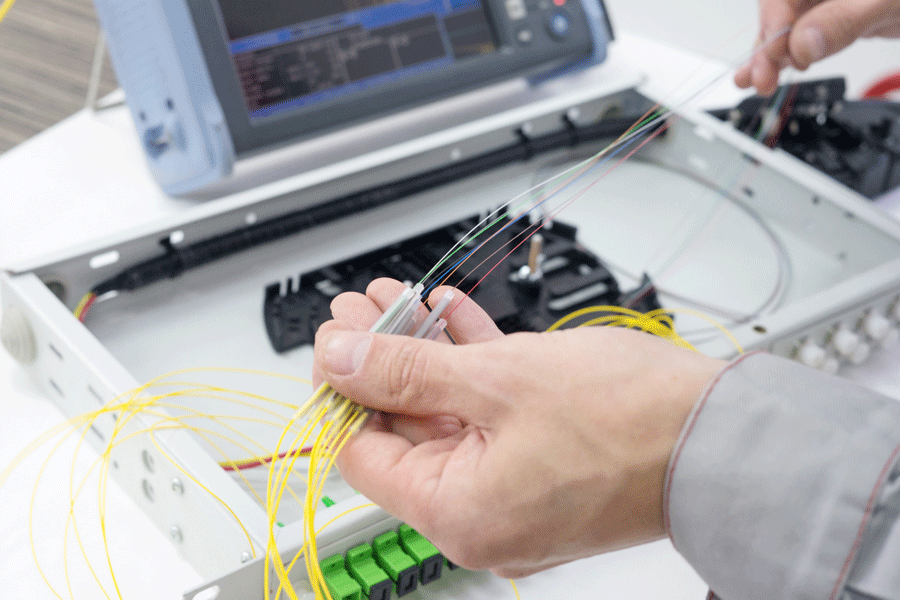As fiber optic cables replace copper wires as the standard for data transmission in today's networking and telecommunications infrastructure, it's crucial to plan for the eventuality of a cable failure. Fiber optic cables are not as simple to splice as their copper equivalents; however, fusion splicing and other techniques can often achieve satisfactory results. But is the price justified?
Definition of Fusion Splicing
Two main splicing techniques are used to fix broken fiber optic cables: mechanical snipping and fusion splicing. To perform a mechanical splice, a thread must be cut into sections and joined using a specialty connector that helps align and secure the cable ends. The signal quality may suffer, and the splice may be unreliable if it is not done correctly. The most common and dependable technique for fixing or combining multiple fiber optic cables, fusion splicing, uses an electric arc to join fibers together, much like welding does with metal. Automatic machinery is used to cut the line, clean the ends, and then fuse them by applying heat and melting the two halves together. It creates a splice that has low signal loss and reflection.
If your fiber optic cables are damaged, should you get them fixed or replaced?
Fusion splicing is effective for trying to repair fiber optic cables. Still, it is most successful with single-mode fiber and less reliable with multi-mode thread, where even a tiny misalignment can significantly impact the signal. Fusion splicing is expensive because it necessitates specialized equipment and training, charging anywhere from $60 to $120 per hour for maintenance and repairs. Substituting the cable is often the most cost-effective and long-lasting option for maintaining a strong signal and reliable connection. Fusion splicing is frequently recommended when it is either impractical or unsafe to replace an existing cable, such as in fire-rated walls, building entrances, or underground cable applications.
PROS OF REPLACING A BROKEN FIBER OPTIC CABLE
While broken fiber optic cables can be repaired, replacing the line is typically more cost- effective. The following are some of the many advantages that can be gained by installing new fiber optic cable:
There will be less of a loss of signal and less reflection. More reliable data Stronger durability over time There is no requirement for specialist knowledge or tools. No need for expensive outside services.
Most on-site repair issues can be solved by simply replacing the faulty fiber optic cable.
Harden Communications is the company to call when you need new fiber optic cabling installed. We serve a wide variety of clients, including telecommunications companies, data centers, educational institutions, financial institutions, manufacturing plants, and governmental institutions, among others, by installing fiber optic cables and providing structured cabling solutions. Give us a call today!

